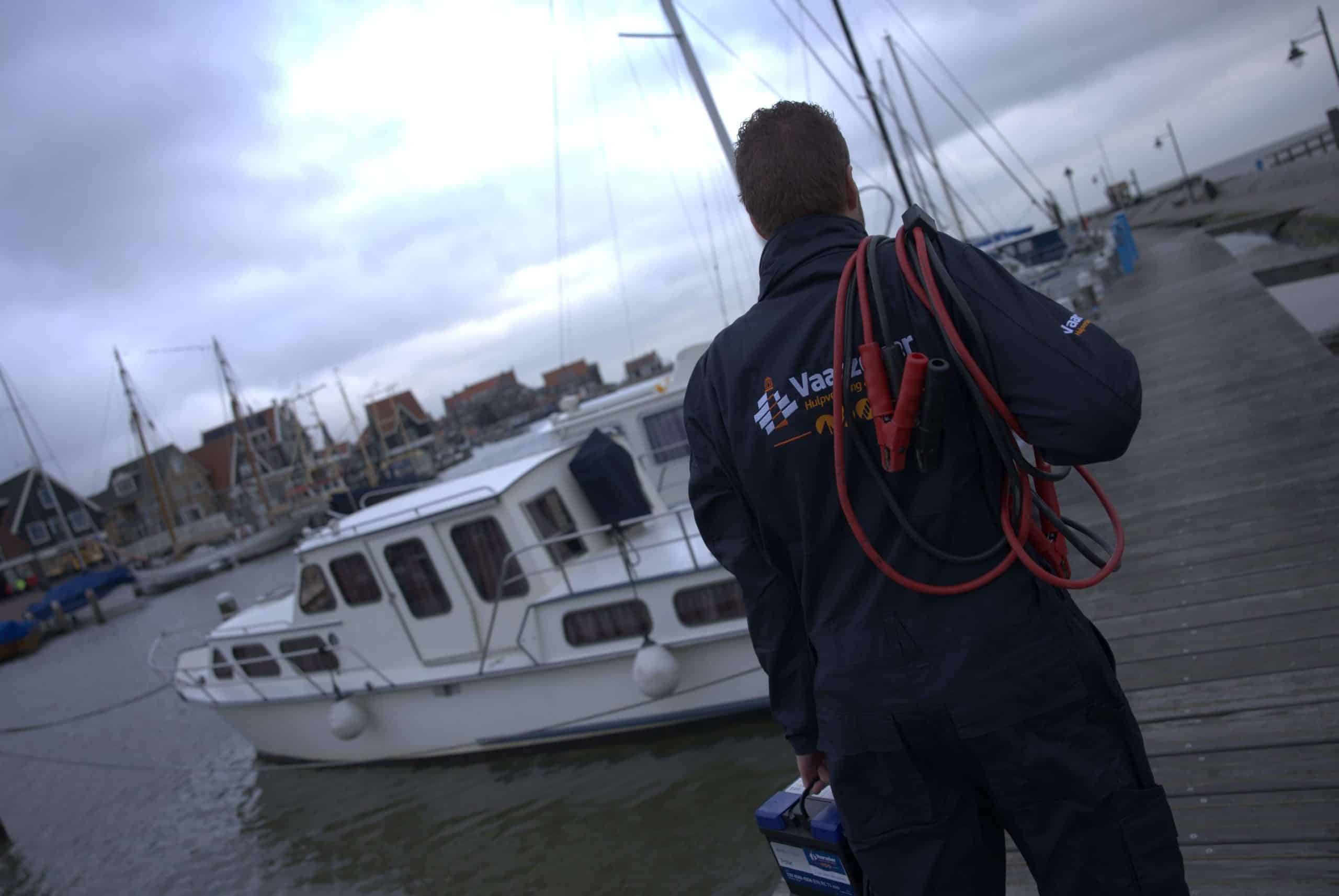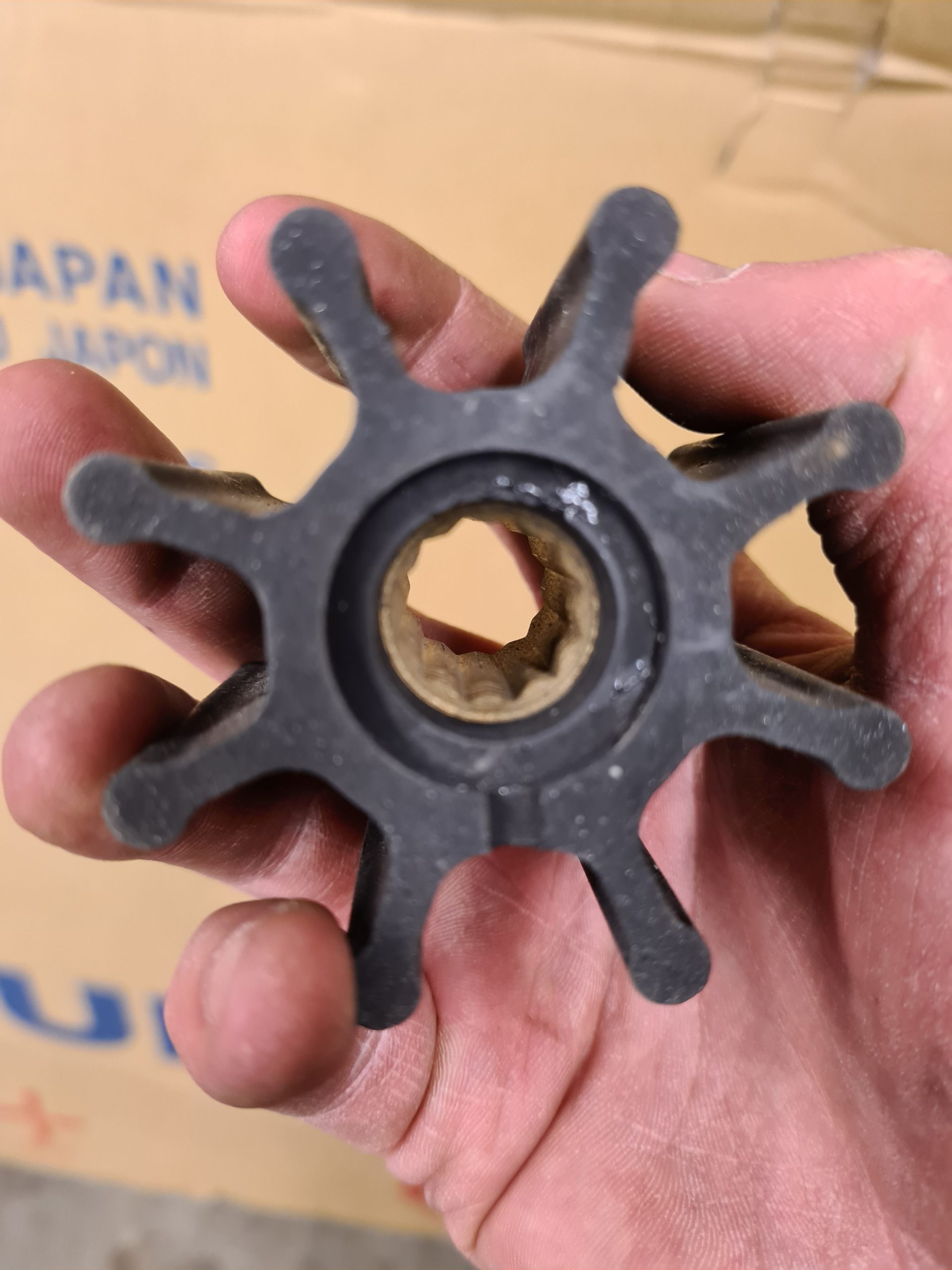- Blog
- May 14, 2021
Boat engine problems: cooling
Cooling water problems
Every modern internal combustion engine boat uses water to dissipate the heat generated by combustion in the engine. Without this process, the engine gets progressively hotter until damage occurs and the engine loses its functionality. So cooling the engine is a crucial process.
Design
Cooling water systems come in different shapes and types, with different characteristics.
Closed system
In a closed cooling water system, cooling water circulates without being replaced. The same cooling water is always reused. Many inboard engines use a closed system in the engine. The advantage of a closed system is that the water can be treated, for example by using coolant. This prevents harmful components from flowing through the engine itself, such as regular water or dirt. The use of coolant prevents corrosion in the engine and accumulation of dirt. In most cases, the fluid in the closed system is pumped around by a belt-driven pump on the engine. It circulates between pump, engine and a heat exchanger. This can be a bracket or pipe cooler that gives off its heat directly to the outside water, or a heat exchanger through which outside water is pumped with another pump. Because the closed system is easily controllable, we actually see few problems with this in practice. The main concerns are the cooling water level in the system, and the belt that drives the pump. If this breaks, cooling stops.
Open system
A closed cooling system must have a place to release the absorbed heat. This can be done through an open system. Outboard engines almost exclusively use an open system. Some inboard engines also use only an open system. The disadvantage of this is that outside water flows directly through the engine, while engines are made of steel or aluminum, which is not always resistant to (salt) water. Therefore, metals that are little affected by outside water, such as copper, are used in a heat exchanger. The outside water system usually uses an impellor pump driven by the motor. The impellor is the cause of cooling water problems in about 80% of cases. An impellor is a rubber impeller that can wear out and dry out due to age. Then the pump loses its functionality. Replacing the impellor can help in that case.
Symptoms
A shortage of cooling water results in an excessive engine temperature. This usually causes an alarm to go off on the engine, along with a visual indication of the symbol above. When this alarm goes off, it is important to shut down the engine. Cruising for too long can cause damage to the exhaust and the engine itself, as well as a lot of smoke. Our advice is to turn off the engine immediately when an alarm about cooling water temperature sounds. If you are a member of Vaarzeker you can then contact to send for a mechanic. If you are off the side and need to be towed, you can also with us.
Summary
In the event of a cooling water temperature alarm, several points of interest are important
- Find a safe place to dock or be dragged in
- Check if the engine has cooling water by looking - if the exhaust is wet - to see if water is coming out of the exhaust, or if the outboard motor has the indicator jet present
- Turn off the engine
- Check the impellor
- Can't figure it out yourself? Call our technicians in.
Breakdown on the water?
Are you having unexpected cooling problems on the water? The boat watch from Vaarzeker is at your service. Do you own a boat and go boating regularly? Take a look at our breakdown service package. So you can get out on the water without any worries.
Need help choosing?
Need help choosing a subscription? Then use our handy selection guide.
Recent news/blog posts

Need towing service for your boat? - Here's what you need to know!
- Blog
- September 30, 2025

Newsletter subscription
Fill out the form below to become a member of our newsletter

